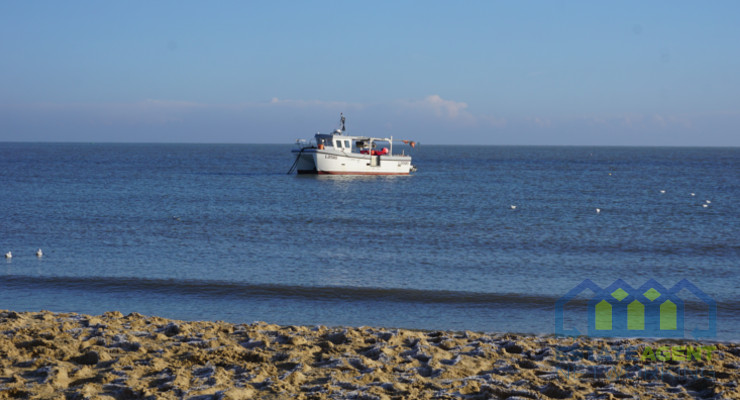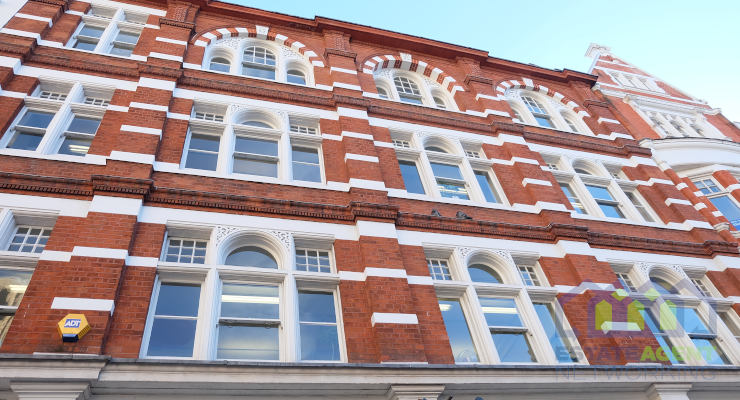I Do Like to Be Beside the Seaside?
Over a century ago the famous tune, that many of us will know and would have delighted many a senior person of today when they were children, was written (by John A. Glover-Kind in 1907). The tune that was made famous by the stage singer Mark Sheridan (first recorded 1909) really conjured up the atmosphere of seaside towns across the UK that were the attraction of millions of holiday makers annually.
“I Do Like to Be Beside the Seaside” is a popular British music hall song. It was made famous by music hall singer Mark Sheridan who first recorded it in 1909.
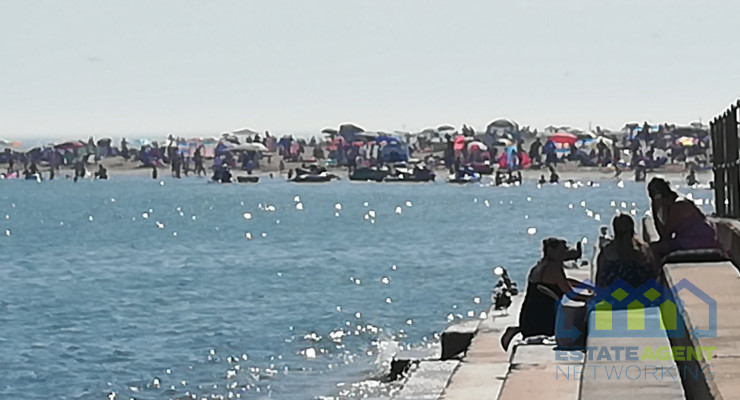
Crowded beaches – Clacton-on-Sea in Essex
The ‘seaside holiday‘ was the destination for many working class families in the early 20th century and peaked during post second world war years, the 1950’s and 1960’s seeing multiple towns across the coast packed with holidaymakers during the holiday seasons – These towns relied heavily on the financial income from their visitors.
As package tours to foreign countries evolved, and travel by plane enabling far away delights to become closer in travel time as well as for cheapness / convenience, the famous English seaside towns dropped in popularity. This decline of visitors saw many good old fashioned seaside towns that were built around their tourism trade being left behind… I do like to be beside the seaside was firmly replaced by that two week full board package tour to Majorca.

Closed seaside shops and cafes
Many small bed and breakfasts, shops, cafes, holiday parks (Butlins) and more were out of business and what once were heaving and popular towns by the seaside, were now slowly declining in maintenance and character. What were once hotels, were now houses of multiple occupancy, what was once busy high streets for tourists were now only to serve the locals, places being closed and boarded up were a popular eyesore.
There is an immense difference today in prices of seaside property with popular hotspots for residential homes to those that attract second home / holiday home buyers. Some have been well maintained though others quite the opposite. Prices can be from bargains under £100,000 to prices that attract only the rich and famous such as in Brighton (Cost of living in Brighton and Hove is more expensive than in 73% of cities in Western Europe).
Across the UK there are many seaside towns / villages / ports and here is where the future of loving to be beside the beautiful English coastline could very well be on the up again thanks to, funny enough, the covid-19 pandemic.
People’s view point of property have changed for many and also plenty have been effected by the changes to both their work and social living – they are rethinking their life priorities. The apartment in the middle of the city suddenly is a lot less appealing when lockdowns are in place and lockdowns likely to be part of life for some time yet – The value of the proximity to work that no longer exists or replaced by you being allowed to work from home is not such a big priority anymore.
We are now seeing people quitting the high priced city locations with limited living space in preference for larger homes in rural and coastal settings where the value of money extends further. The possibility of spare rooms increases when we leave the city, the chance to have a garden entices us, garden offices, peaceful settings, cleaner air, walks on the beach or country lanes suddenly call out to us especially if we are now choosing to or having to work remotely from home.
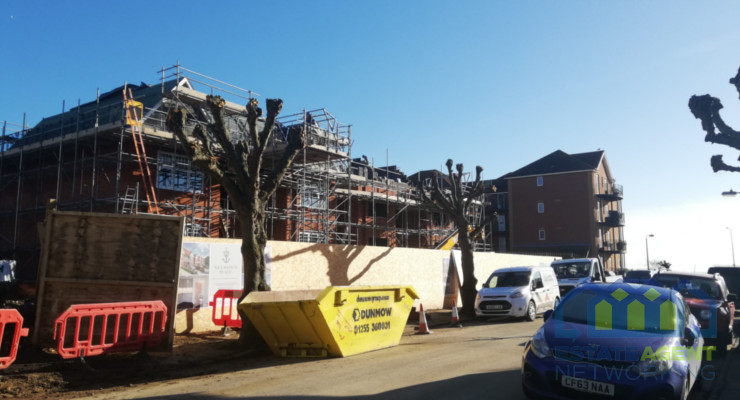
One of many plots where a large bungalow is replaced by luxury houses
Many seaside towns have seen a recent surge of interest in property and prices are starting to climb rapidly in some. Those larger homes, many run down, on big plots are being purchased and new housing of fine quality are being built.
“Just down the road from us stood a large bungalow on a very large plot and was slightly in an unhealthy state all-round. In the matter of a year the property was purchased, demolished and in its place now stand two fine five bedroom detached homes which improves immensely the immediate area. An adjacent road I see another large bungalow that was worse for wear being replaced by a row of luxury three bedroom homes.“
Many seaside towns were all very well connected regarding traveling to and from them, many remain that way today with main road routes and train lines. Some seaside towns, especially those on the Essex and Suffolk coastline have direct train routes to central London. The likes of Southend and Clacton-on-Sea are no more than 1.5 hours train journey to the City of London. Many coastal towns remain very much in the style they were a couple of generations ago, larger guest homes sat on larger plots exist in abundance and tempting to be renovated in to residential homes and yet surprisingly remain still very cheap and affordable.
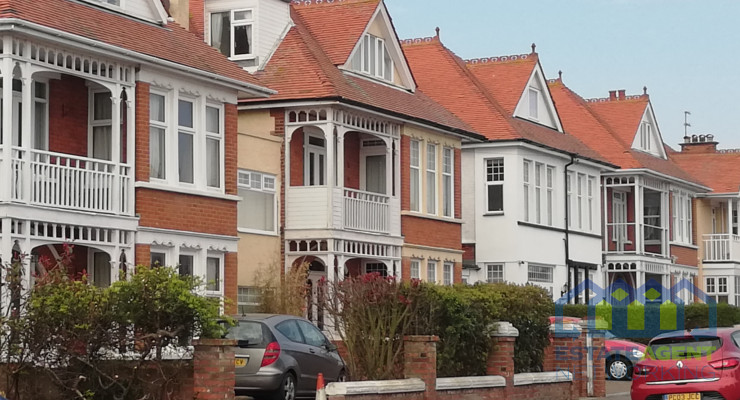
Many seaside towns contain large guests houses now converted to luxury homes
“I’ve always wanted to live by the sea and adored those old fashioned large guest houses that usually contained a breakfast room, large gardens and at least 6 good sized bedrooms. I have now picked one up for the same price as a flat in zone 6, London. I have golden sand beaches only 7 minutes walk away and can park at least 8 cars outside the house. It might not be for everyone, but it ticks many boxes for me!“
As the grip of the pandemic worsens and the regulations set by the government tighten, the desire thus increases to move out of the city… Will this trend see a rebirth in the 21st century of seaside towns and the humming by many of oh I do like to be beside the seaside… ?



